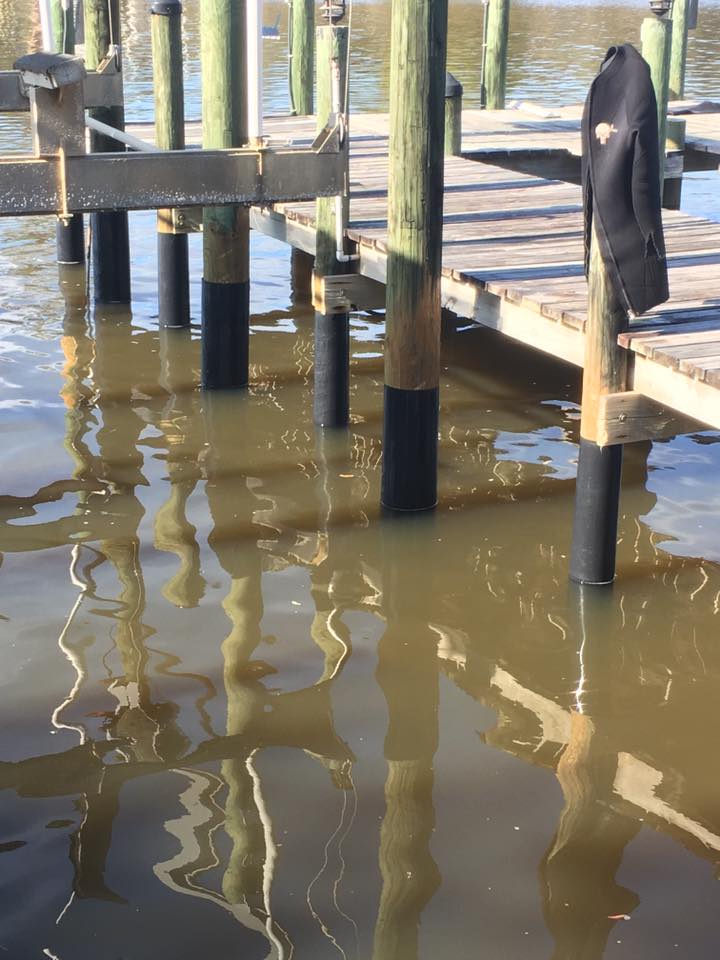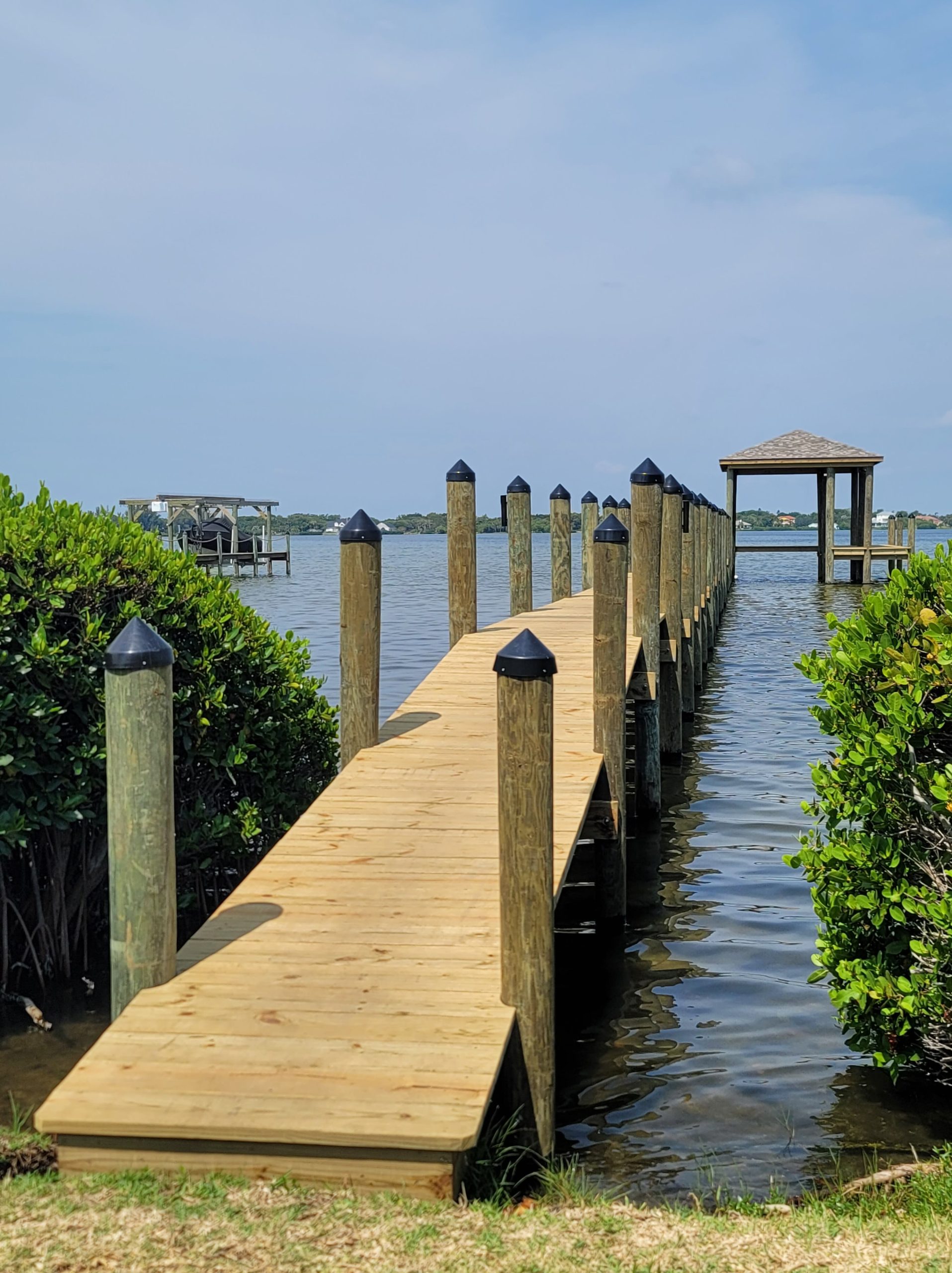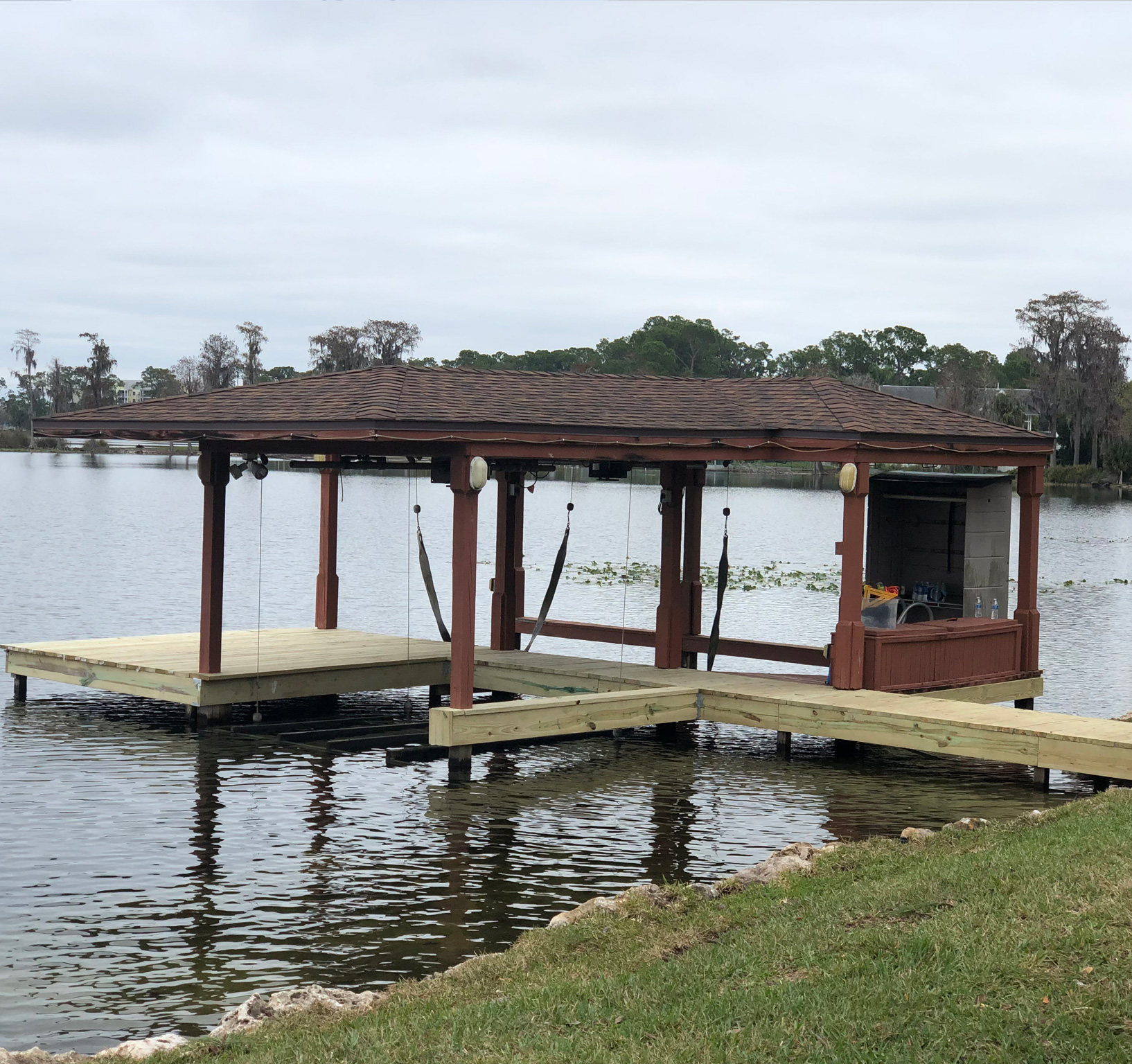Usual Concerns That Bring About Pricey Dock Repairs
Reliable Dock Repair Techniques: Ensuring Structural Integrity
Ensuring the structural integrity of docks through effective repair work methods is critical for the durability and security of aquatic centers. This entails a multi-faceted approach beginning with comprehensive inspections making use of advanced innovations like sonar equipment and from another location operated lorries (ROVs) to identify both noticeable and hid problems. Consequently, selecting the right repair products, such as corrosion-resistant alloys and composite products, is important for resilience. Structural support techniques, consisting of the execution of cross-bracing systems and load-distribution plates, play a crucial role in mitigating stress factors. The value of these methods comes to be obvious when exploring sophisticated repair approaches and preventative maintenance methods.
Evaluating Dock Damages
Assessing dock damage is a critical primary step in guaranteeing the architectural integrity and security of any kind of docking center. This initial examination entails a comprehensive evaluation to determine both hidden and visible damages. Secret facets to check out consist of the dock's structure, pilings, outdoor decking, and equipment. Each component must be inspected for indications of wear, rot, rust, or various other kinds of destruction that might jeopardize the architectural stability.
Structural engineers or certified inspectors normally carry out these evaluations using specialized devices and strategies. Undersea evaluations could use finder tools or from another location operated automobiles (ROVs) to identify submerged damage. Above water, visual inspections are enhanced by utilizing wetness meters and other analysis tools to uncover underlying problems not promptly noticeable to the naked eye.

Finding Fixing Materials
Picking the ideal repair products is a critical action in the dock repair process, one that directly affects the long life and performance of the fixed framework. Product option have to be driven by factors such as environmental conditions, load-bearing demands, and compatibility with existing dock components. Wood is a traditional option for anchors due to its natural durability and aesthetic charm. Picking the right type of timber, such as pressure-treated lumber or normally rot-resistant species like cedar or teak wood, is essential to endure water atmospheres.
In addition to wood, composite materials are increasingly preferred due to their resilience and low upkeep requirements. Compounds, usually made from a blend of plastic and timber fibers, supply excellent resistance to rot, bugs, and UV damages. For steel docks, selecting corrosion-resistant alloys such as galvanized steel or marine-grade aluminum is important to avoid rust and make certain architectural stability in saline water conditions.
Epoxy materials and marine-grade sealants are essential for repairing splits and sealing joints, giving a water-proof obstacle and enhancing the dock's overall toughness. By thoroughly selecting top notch materials, dock repair services can achieve durable results, thus safeguarding versus future destruction and making certain risk-free, trustworthy usage.
Architectural Reinforcement Strategies
Reliable structural reinforcement methods are vital in making sure the security and longevity of dock fixings. This technique is specifically effective for docks revealed to hefty tons or extreme ecological problems.
Another essential method is the application of fiber-reinforced polymers (FRP) These products provide high strength-to-weight ratios and exceptional resistance to rust, making them suitable for strengthening concrete or wooden docks. FRP can be used in strips or sheets and bound with epoxy materials to enhance structural integrity.
Bracing and anchoring systems additionally play an important role in structural support. Cross-bracing, making use of steel or wooden beams, can counteract lateral forces, reducing swaying and motion. Securing systems, such as helical piers or driven stacks, supply a steady structure by transferring loads to deeper, much more secure dirt layers.
Lastly, the assimilation of load-distribution plates can assist distribute weight much more uniformly throughout the dock's surface area, minimizing localized tension factors. These strategies jointly make sure that anchors remain durable and secure, with the ability of holding learn the facts here now up against the rigors of their functional atmosphere.
Advanced Repair Service Techniques

An additional sophisticated method entails underwater welding, which permits repairs to be performed without the requirement to dewater the area. This technique is particularly beneficial for resolving structural issues in immersed dock components, ensuring very little disruption to procedures. Improved welding strategies, coupled with robot systems, supply accuracy and reliability, thus expanding the life-span of the dock.
Additionally, cathodic security systems are review implemented to stop deterioration in metallic dock structures. By utilizing sacrificial anodes or pleased current systems, these strategies effectively mitigate the electrochemical processes that result in product deterioration.
Lastly, progressed monitoring innovations, such as structural health and wellness surveillance (SHM) systems, give real-time information on the problem of dock structures. These systems allow aggressive upkeep and timely treatments, eventually making sure the lasting architectural stability of the dock.
Upkeep and Prevention
Maintenance and avoidance are essential concepts that underpin the long life and safety and security of dock frameworks. Routine inspections are paramount, enabling very early detection of wear and tear, potential weak points, and ecological influences. A proactive technique, including routine look for corrosion, rot, and structural shifts, minimizes expensive repairs and lengthens the dock's functional life.
Safety nets should consist of using safety layers to metal components to safeguard versus corrosion and making use of treated timber to stand up to degeneration. Additionally, making certain correct water drainage and air flow can prevent water buildup, which is an usual root cause of architectural degradation. Incorporating high quality materials and sticking to maker guidelines during building and fixing phases also play critical duties in enhancing resilience.

Educating workers in dock maintenance finest methods guarantees constant application of preventative measures. Leveraging technical advancements, such as drones for examinations and sensors for real-time monitoring, can further improve maintenance efforts. By focusing on maintenance and prevention, dock owners can ensure structural honesty, functional security, and economical management over the dock's life expectancy.
Conclusion
In conclusion, preserving the architectural integrity of aquatic facilities necessitates extensive dock repair methods. Advanced repair strategies, coupled with regular upkeep practices, ensure the dock continues to be operational and risk-free under diverse environmental problems.
Guaranteeing the architectural integrity of anchors with efficient fixing techniques is paramount for the durability and security of aquatic centers.Choosing the ideal fixing materials is a critical step in the dock repair process, one that directly affects the durability and performance of the repaired structure.Effective structural support methods are critical in making certain the security and durability of dock repairs. By prioritizing upkeep and view prevention, dock proprietors can make certain architectural honesty, functional safety, and cost-effective monitoring over the dock's life-span.
In final thought, keeping the architectural stability of marine facilities demands thorough dock fixing methods.